In the early hours of Tuesday 6 June, the 30m high, 2km long Nova Kakhovka dam, located upstream of the city of Kherson on the Dnipro River in occupied southern Ukraine, collapsed.
The destruction of the dam, which was under the control of the Russian military, caused extensive flooding along the lower Dnipro River in Kherson Oblast and resulted in thousands of people being evacuated from their homes and 21 deaths.
The rupture also compromised the water levels in the reservoir supplying the Zaporizhzhia Nuclear Power Plant (ZNPP), Europe’s largest nuclear power plant, located 160km away in the city of Enerhodar. The reservoir supplies water needed to cool the plant’s reactors and spent fuel, and the falling water levels have led to fears of a nuclear meltdown.
Why do falling water levels in the reservoir pose a threat to the plant?
There are two necessities for the safe functioning of any power plant: electricity and water.
As a pressurised water reactor, the Zaporizhzhia Nuclear Power Plant (ZNPP) needs a constant supply of water for residual heat removal from the reactors and ponds that store spent fuel, as well as to cool the emergency diesel generators when they are in operation.
Water is usually supplied by the Kakhovka reservoir, which is then pumped into the ZNPP’s cooling pond. However, following the breach of the Nova Kakhovka dam on 6 June, the water levels in the reservoir supplying the ZNPP started to fall at a rate of between 4 to 7cm/hour.
It was initially thought that the water level needed to be at least 12.7m for the ZNPP to be able to access the water for cooling, however an update from the International Atomic Energy Agency (IAEA) reveals that the ZNPP pumps are still operating at levels below this.
According to Dmitry Gumenyuk, head of the safety analysis unit at the State Scientific and Technical Centre on Nuclear and Radiation Safety in Kyiv, Ukraine, the water level in the Kakhovka reservoir, as of 14 June, was below 9m. Before the dam was breached it was over 17m.
On 11 June there were reports of a significant discrepancy in measurements of the height of the reservoir with a possible difference of around 2m. Further investigations are being carried out.
How imminent is this threat?
The situation has been described by the IAEA as ‘very precarious and potentially dangerous’ but, with continuous close monitoring, it is one that is currently under control.
There are several factors which reduce the immediacy of the threat to the ZNPP.
First, five of the ZNPP’s six reactors are in cold shutdown to help minimise the risk of a nuclear accident now that the site is under Russian control. The sixth remains in hot shutdown to produce steam on site for operations such as the treatment of liquid radioactive waste, which is collected from the six reactors even while they are shutdown.
In a nuclear reactor that has recently been put into cold shutdown the radioactive decay of the fuel creates about 100 times less heat power; the longer the reactor is kept shutdown the less heat energy is created.
As a result, a reactor in cold shutdown, does not require the same level of cooling. This means that the ZNPP currently does not need a huge amount of water and if the water supply does completely run out, it will be at least a few days before the coolant starts to heat up.
In addition to this, despite the falling water levels in the reservoir, the water level in the ZNPP cooling pond is currently stable and at its maximum level of 16.9m. The discharge channel of the nearby Zaporizhzhia Thermal Power Plant (ZTPP), which supplies the ZNPP’s spray ponds, is also full and the IAEA says that, between the two, there is enough water to cool all the reactors for several months.
On 16 June, the IAEA said there were some indications that water from the reservoir itself was still available in areas near the ZNPP, but that it was unclear if the level was high enough to pump it up to the plant.
New pumps that can access water at lower reservoir levels could also be installed to keep the reactor cores cool.
Is the power plant facing any other threats?
Yes. The ZNPP’s other lifeline – it’s connection to Ukraine’s electricity grid – is also threatened.
Currently, electricity to the ZNPP is supplied by the country’s grid. This provides the power to run the pumps that cool the reactors. However, since the Russian occupation began in March 2022, the plant has lost off-site power at least seven times, largely because of shelling.
And, with the launch of the Ukrainian counteroffensive, military activity and tensions are intensifying in the area near the ZNPP, which is complicating the safety of the facility.
On 30 May, five basic IAEA principles were established at the UN Security Council for the protection of the plant, including that there must be no attacks at or from the site and that it must not be used as a store for heavy weapons. Compliance with these principles will be monitored closely.
Should the electricity supply to the ZNPP be compromised, there are 20 emergency diesel generators that start operating automatically when connection to the grid is lost. In the past, the ZTPP has also provided backup power to the ZNPP, but neither of these are a reliable, long-term solutions to the problem of cooling the nuclear reactors.
Is there any action that can be taken now to protect the plant?
It is currently very difficult for experts in Ukraine to monitor the situation. To carry out essential checks and monitor efforts to manage the problems caused by the falling water levels, teams must enter a warzone.
However, the IAEA is still carrying out regular checks and assessing what can be done should the situation deteriorate. The plant is also exploring alternate ways to meet the site’s needs for generating steam and providing essential cooling should the water supply run out completely.
The highest priority right now is to eliminate the threat of military activities around the plant which could cause extensive damage to the site and electricity supply. Otherwise, the risk of a nuclear disaster occurring rises substantially.
What is the worst-case scenario?
There are fears that the situation with ZNPP could lead to a nuclear disaster, much like what happened to the Fukushima Daiichi nuclear power plant in Japan after the earthquake and tsunami of 2011.
The fission reaction that generates heat in a nuclear power plant is produced by positioning uranium fuel rods in close proximity. When the reactor is operating, it requires substantial cooling to remove the heat and prevent the fuel rods from melting and pooling at the bottom of the reactor pot.
At Fukushima the cooling was interrupted shortly after the shutdown of the reactors as a result of a station blackout. This resulted in overheating of fuel. The fuel cladding – which is normally a zirconium alloy – can react exothermically with steam to form hydrogen gas and zirconium dioxide. The combustion of this hydrogen caused the explosions at Fukushima.
In contrast, because most of the reactors are in cold shutdown at the ZNPP less heat is being produced, helping to mitigate the effects of the cooling stopping.
Spent fuel pools also need a constant circulation of water to keep cool and without electricity to run the cooling system, the water will evaporate. However, as the spent fuel was last used longer ago than the fuel in the reactor, the overheating effects will be less severe than those in the reactor.
The main effect of the cooling pond running out of water will be an increase in the radiation level close to the pond. One purpose of the water is to act as a radiation shield.
Acknowledgements: Thank you to Dmytro Gumenyuk and Mark Foreman for their expert insight into this topic.





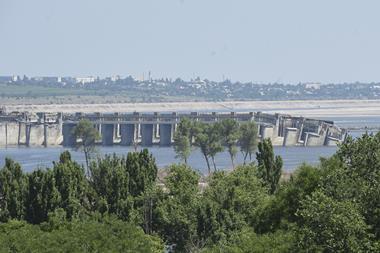
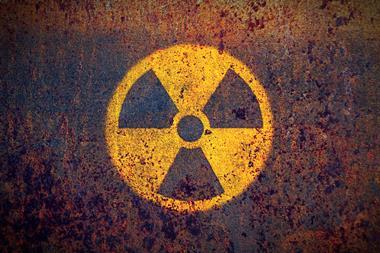
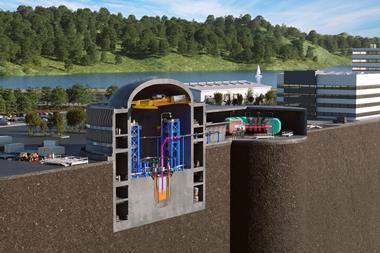
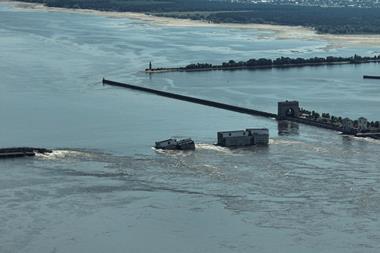
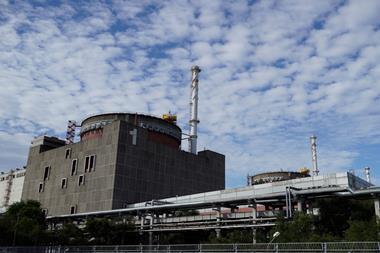
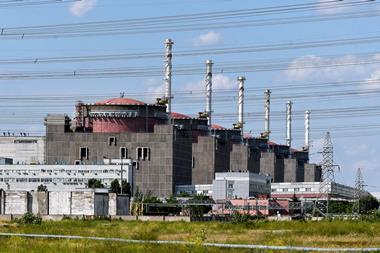


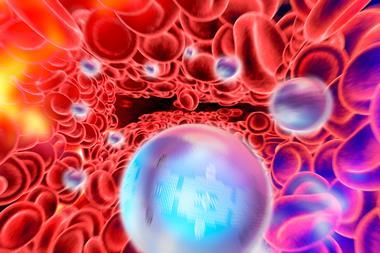



No comments yet